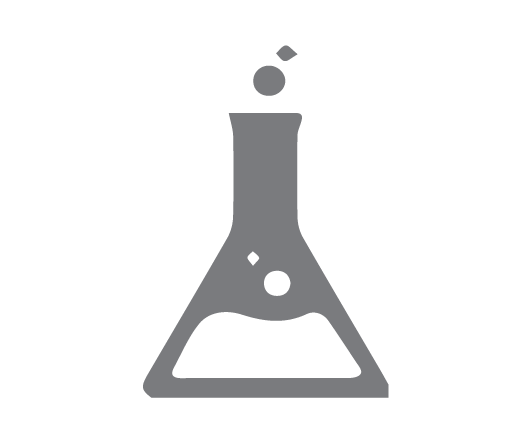An atom is the basic unit of matter. It is the smallest particle of an element that retains the chemical properties of that element. The atom is indestructible and can only be seen under the most powerful microscopes. There are ninety-four natural
types of atoms and twenty-five synthetic atoms. An example of a natural atom is air, which consists of three elements oxygen, nitrogen, and argon. When these elements are broken down there are billions of atoms. Each of these atoms consists of three sub-atomic particles called protons, neutrons, and electrons.
Each atom has one or more protons. The proton is positively charged and located in the nucleus, the heart pf the atom. The neutron is also located in the nucleus, but unlike the proton the neutron has no electronic charge. Orbiting around the nucleus is the final sub-atomic particle called the electron. The electron has a negative charge. The reason the sub-atomic particles have electrical charges is to hold the atom together. This is possible because the opposite charges attract each other and stick to one another. The more protons present in the nucleus the stronger the electrical charge and the more neutrons are needed to hold the atom together. Because every atom has a different amount of sub-atomic particles, atoms come in many sizes. This is because the sub-atomic particles present the mass of the atom.
Mass is the amount of matter something has. In the atom only two sub-atomic particles have mass, protons and neutrons .These sub-atomic particles are used to calculate the atoms mass and weight. You can find the atoms mass or weight through something called an atomic number. Every element has a unique mass number, which tells the number of protons and neutrons in an atom. For example the carbon atom has six protons and six neutrons, so all you have to do is add them together and you will get an atomic mass or atomic weight of twelve (6+6=12).These numbers are used to tell you how different substances will interact with one another.
Today scientist know a vast amount about atoms, but that doesn’t mean their work is done. Scientist continue to work on more accurate models of atoms, developing new ways to view them more clearly, and to gain a better understanding. With out their work, little would be known about the crucial role that the atom continues to play in scientific studies.
